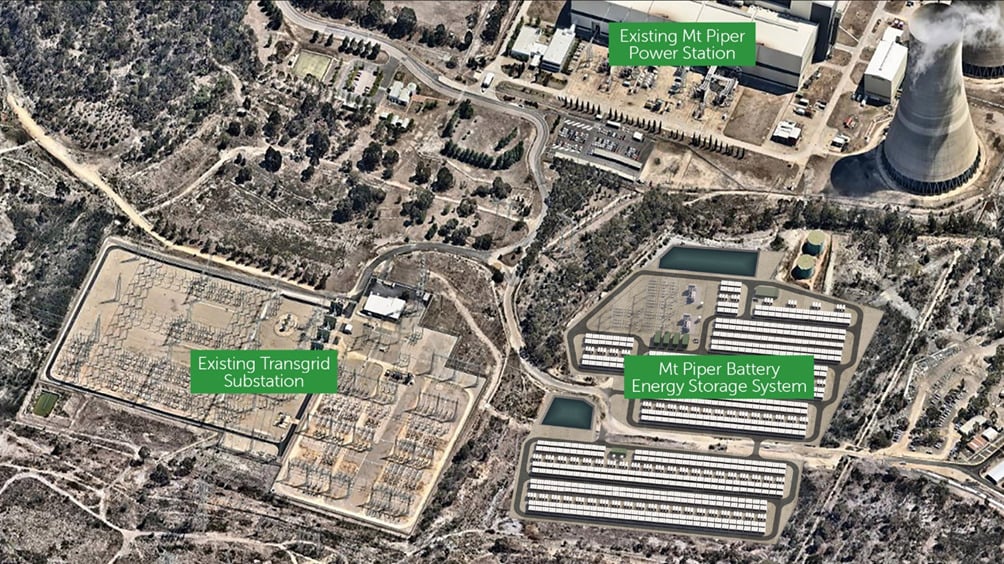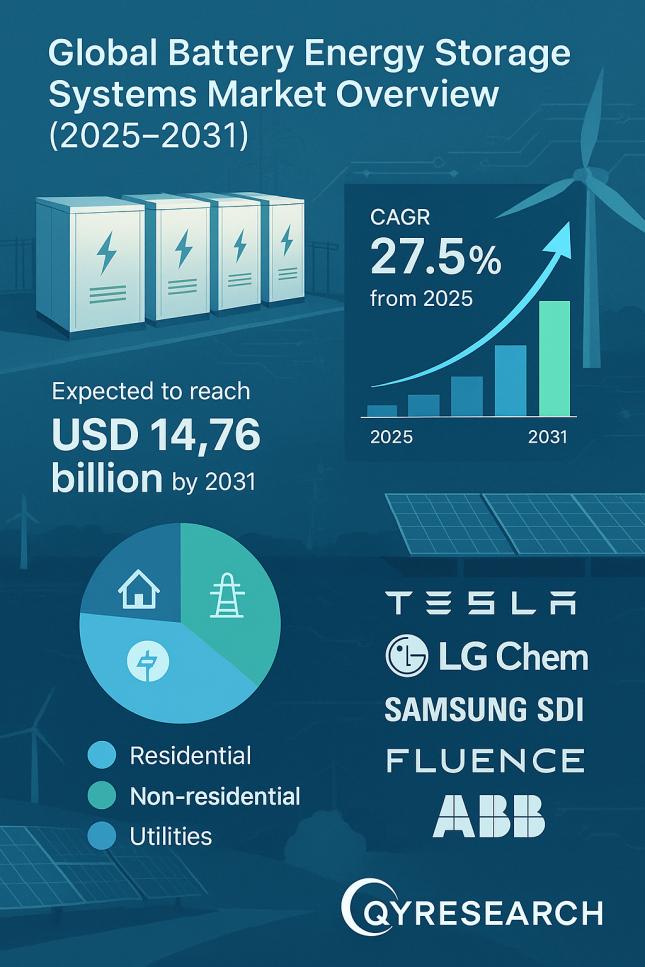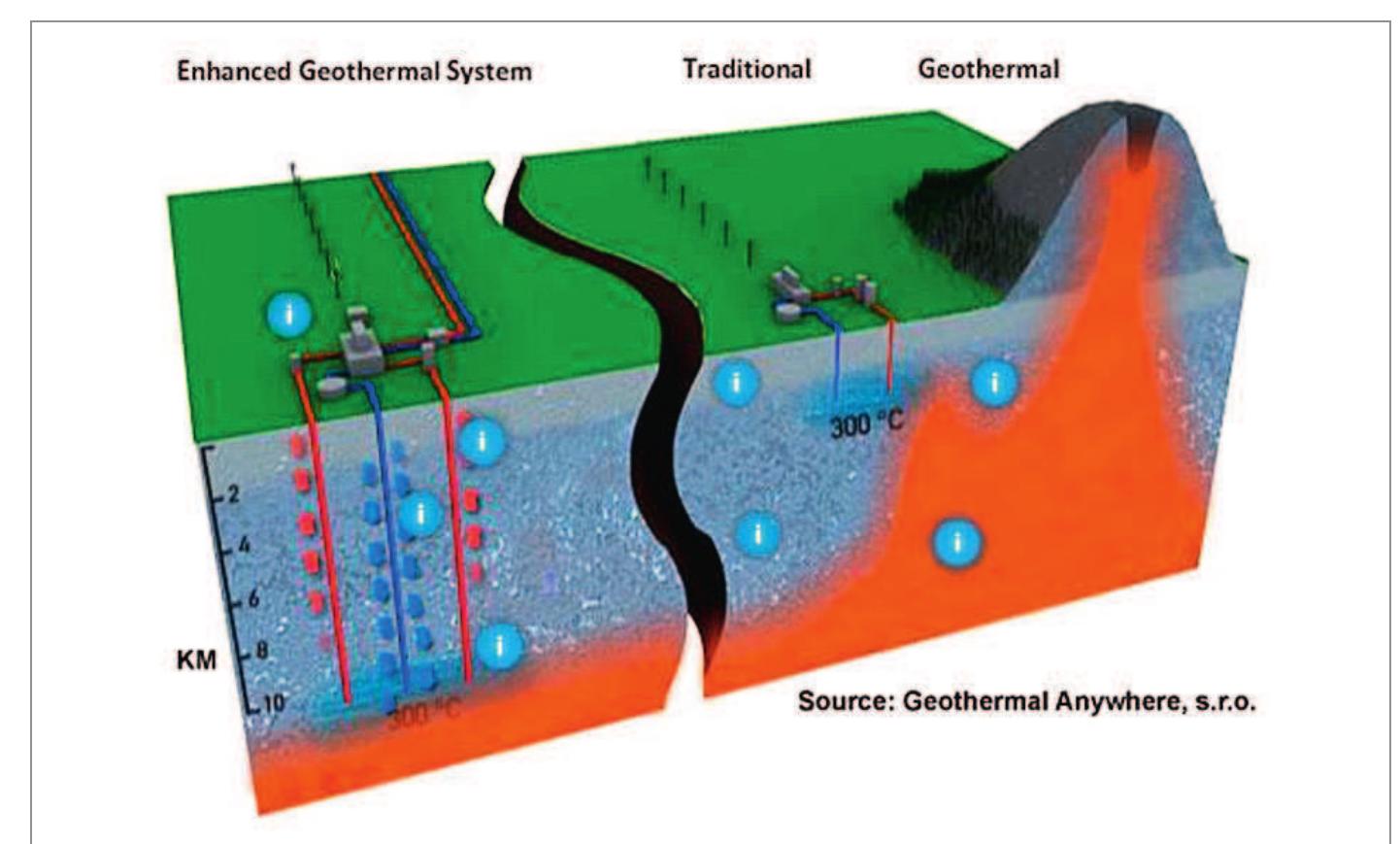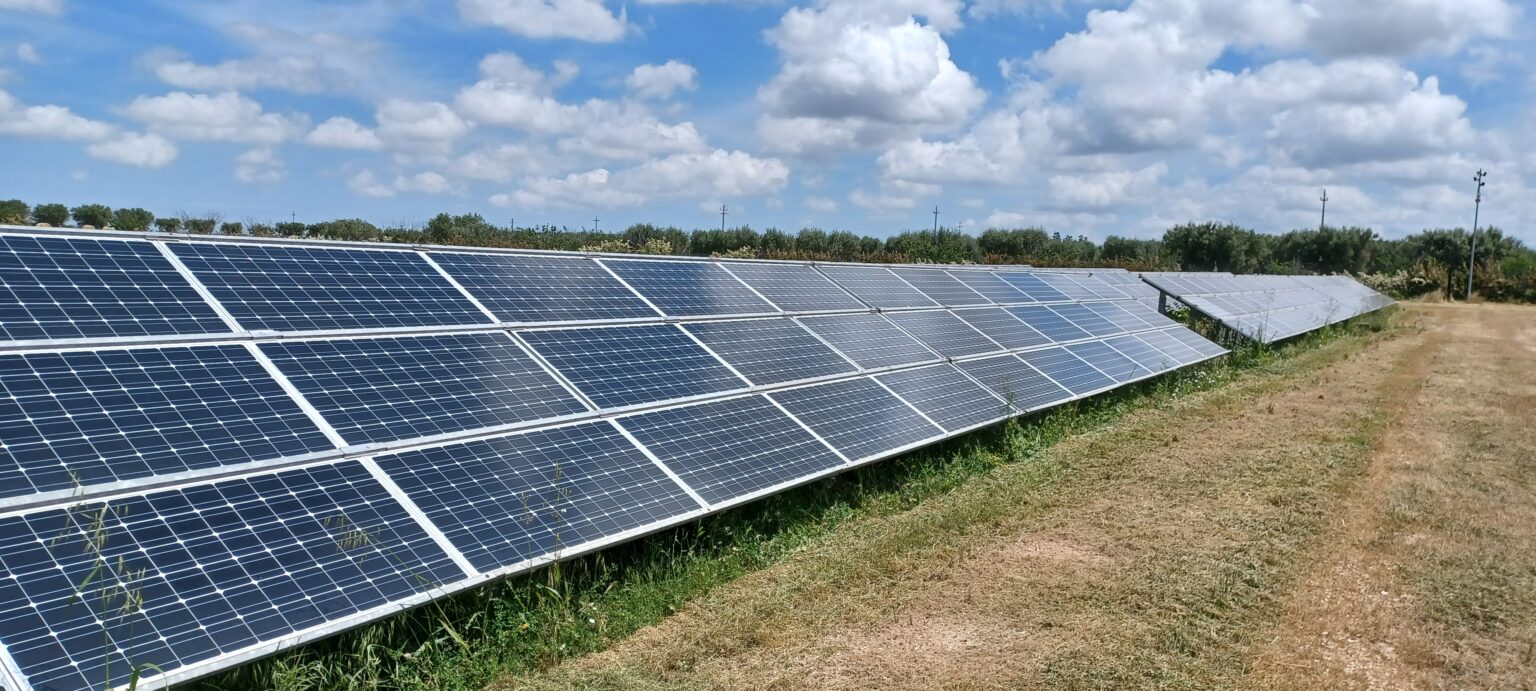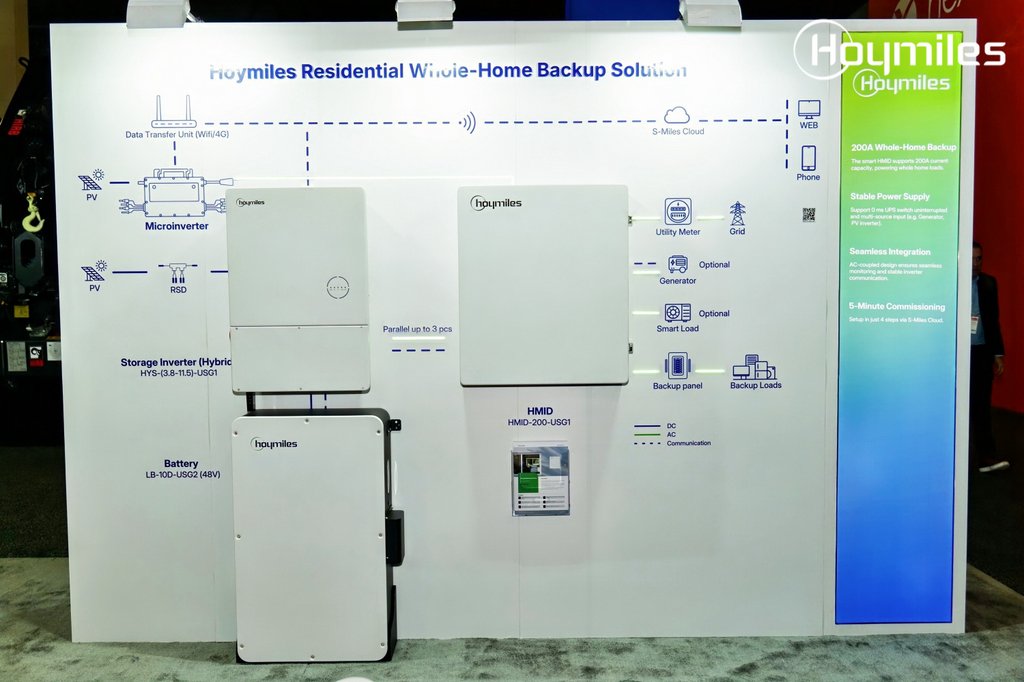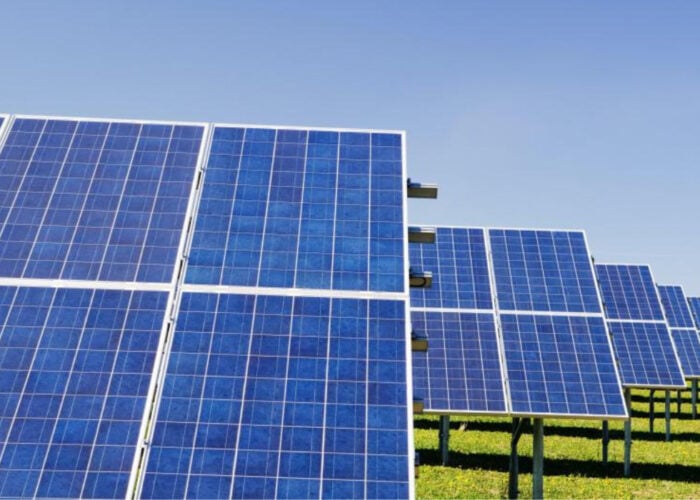Report on Energy Vault’s Strategic Acquisition and its Alignment with Sustainable Development Goals
Executive Summary
Energy Vault, a prominent energy storage developer and system integrator, has announced the acquisition of the Stoney Creek Battery Energy Storage System (BESS) project in New South Wales, Australia. This 125MW/1,000MWh facility represents a significant advancement in regional energy infrastructure. The acquisition, coupled with the company’s reported 125% year-on-year revenue increase for Q2 2025, underscores the growing economic viability and critical importance of energy storage solutions in achieving global Sustainable Development Goals (SDGs).
Project Details and Strategic Importance
Stoney Creek BESS Acquisition
The acquisition focuses on a large-scale energy storage project with the following specifications:
- Project Name: Stoney Creek BESS
- Capacity: 125 MW (Power) / 1,000 MWh (Energy)
- Location: New South Wales, Australia
- Acquirer: Energy Vault
This development is a key asset in strengthening Australia’s energy grid and facilitating its transition towards renewable energy sources.
Contribution to Sustainable Development Goals (SDGs)
The Stoney Creek BESS project directly supports the advancement of several key United Nations SDGs.
SDG 7: Affordable and Clean Energy
The project is fundamental to ensuring access to affordable, reliable, sustainable, and modern energy for all.
- Enhancing Renewable Energy Integration: The BESS will store excess energy generated from intermittent renewable sources like solar and wind, dispatching it when needed. This stabilizes the grid and allows for a higher penetration of clean energy.
- Improving Grid Reliability: By providing 1,000MWh of storage capacity, the facility enhances energy security and reduces the risk of power outages, ensuring a consistent power supply.
- Facilitating Fossil Fuel Displacement: The system reduces the need for fossil fuel-powered peaker plants, which are traditionally used to meet high demand, thereby lowering carbon emissions.
SDG 9: Industry, Innovation, and Infrastructure
This acquisition represents a significant investment in building resilient infrastructure and fostering innovation.
- Modern Infrastructure Development: The 1GWh BESS is a piece of critical, modern infrastructure essential for a 21st-century energy system.
- Technological Innovation: The project showcases advanced energy storage technologies that are vital for future grid management and sustainability.
- Economic Resilience: A stable and clean energy grid supports industrial activity and makes the regional economy more resilient to energy price volatility and climate impacts.
SDG 13: Climate Action
Energy storage is a critical tool for taking urgent action to combat climate change and its impacts.
- Greenhouse Gas Reduction: By enabling greater use of renewable energy, the project directly contributes to reducing Australia’s greenhouse gas emissions in line with its climate commitments.
- Climate Change Mitigation: The deployment of large-scale storage is a core strategy for decarbonizing the power sector, one of the largest sources of global emissions.
SDG 11: Sustainable Cities and Communities
The project contributes to making cities and human settlements inclusive, safe, resilient, and sustainable.
- Powering Sustainable Communities: The BESS provides the reliable, clean power necessary to support the sustainable growth of communities in New South Wales.
- Enhancing Urban Resilience: A fortified energy grid helps protect urban areas from disruptions caused by extreme weather events, which are increasing due to climate change.
Economic Performance and Alignment with SDG 8
Financial Growth as a Marker for Sustainable Development
Energy Vault’s reported 125% year-on-year revenue increase for Q2 2025 highlights the strong economic case for sustainable technologies. This growth directly supports SDG 8: Decent Work and Economic Growth.
- Green Job Creation: The development, construction, and operation of projects like Stoney Creek create skilled jobs in the clean energy sector.
- Stimulating Green Economy: The financial success of companies like Energy Vault demonstrates the profitability of the green transition, encouraging further private sector investment in sustainable projects.
- Fostering Sustainable Economic Growth: This investment promotes a model of economic growth that is decoupled from environmental degradation.
1. Which SDGs are addressed or connected to the issues highlighted in the article?
-
SDG 7: Affordable and Clean Energy
The article’s central theme is the acquisition of a 1,000MWh Battery Energy Storage System (BESS). BESS technology is critical for ensuring a stable and reliable supply of clean energy, particularly by storing power from intermittent renewable sources like solar and wind. This directly supports the transition to sustainable energy systems.
-
SDG 9: Industry, Innovation, and Infrastructure
The development of a 125MW/1,000MWh energy storage facility represents a significant investment in sustainable and resilient infrastructure. It is an example of industrial innovation aimed at modernizing the energy grid to support clean technologies.
-
SDG 13: Climate Action
By enabling greater integration of renewable energy into the power grid, large-scale energy storage projects like the Stoney Creek BESS are a crucial tool for climate change mitigation. They help reduce reliance on fossil fuel power plants, thereby lowering greenhouse gas emissions.
-
SDG 8: Decent Work and Economic Growth
The article mentions that Energy Vault’s revenue increased by 125% year-on-year. This highlights the economic growth within the renewable energy and energy storage sector, which can lead to the creation of jobs and promote sustainable economic development.
2. What specific targets under those SDGs can be identified based on the article’s content?
-
SDG 7: Affordable and Clean Energy
- Target 7.2: By 2030, increase substantially the share of renewable energy in the global energy mix. The BESS project directly facilitates this by solving the intermittency problem of renewables, allowing a higher percentage of them to be used reliably.
- Target 7.a: By 2030, enhance international cooperation to facilitate access to clean energy research and technology… and promote investment in energy infrastructure and clean energy technology. The acquisition of a major energy storage project in Australia by Energy Vault is a direct example of investment in clean energy infrastructure and technology.
-
SDG 9: Industry, Innovation, and Infrastructure
- Target 9.1: Develop quality, reliable, sustainable and resilient infrastructure… to support economic development and human well-being. The 1GWh BESS is a piece of modern, reliable, and sustainable energy infrastructure designed to improve grid stability.
- Target 9.4: By 2030, upgrade infrastructure and retrofit industries to make them sustainable… with greater adoption of clean and environmentally sound technologies. The BESS is a clean technology that upgrades energy infrastructure to make it more sustainable.
-
SDG 13: Climate Action
- Target 13.2: Integrate climate change measures into national policies, strategies and planning. The existence of such a large-scale project in New South Wales implies it aligns with regional or national strategies for climate action and decarbonization of the energy sector.
3. Are there any indicators mentioned or implied in the article that can be used to measure progress towards the identified targets?
-
For SDG 7 Targets:
- Implied Indicator for Target 7.2: Installed capacity of energy storage. The article explicitly states the capacity of the project as “125MW/1,000MWh,” which is a direct measure of the infrastructure being built to support renewable energy integration.
- Implied Indicator for Target 7.a: Financial investment in clean energy infrastructure. The acquisition of the BESS project and the “125% year-on-year” revenue increase for Energy Vault are indicators of financial activity and investment in the clean energy technology sector.
-
For SDG 9 Targets:
- Implied Indicator for Target 9.1 & 9.4: Investment in sustainable infrastructure and clean technology. The acquisition and development of the Stoney Creek BESS is a tangible example of this investment. The scale (1GWh) serves as a quantitative measure of this development.
4. SDGs, Targets, and Indicators Table
| SDGs | Targets | Indicators (Mentioned or Implied) |
|---|---|---|
| SDG 7: Affordable and Clean Energy |
7.2: Increase the share of renewable energy.
7.a: Promote investment in energy infrastructure and clean energy technology. |
– Installed capacity of battery energy storage (Explicitly stated as 125MW/1,000MWh). – Financial investment in clean energy projects (Implied by the acquisition). |
| SDG 9: Industry, Innovation, and Infrastructure |
9.1: Develop quality, reliable, sustainable and resilient infrastructure.
9.4: Upgrade infrastructure and adopt clean technologies. |
– Development of new sustainable infrastructure projects (The Stoney Creek BESS project itself). – Investment in clean technologies (Implied by the acquisition and development of the BESS). |
| SDG 13: Climate Action | 13.2: Integrate climate change measures into policies and planning. | – Implementation of projects that enable greenhouse gas reduction (The BESS project serves this function by supporting renewables). |
| SDG 8: Decent Work and Economic Growth | 8.2: Achieve higher levels of economic productivity through diversification and technological upgrading and innovation. | – Revenue growth in the clean technology sector (Explicitly stated as “Q2 2025 revenue increases by 125% year-on-year” for Energy Vault). |
Source: energy-storage.news
